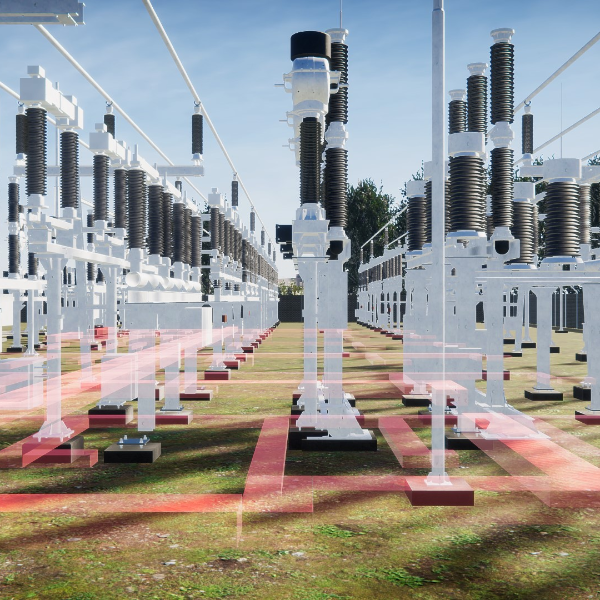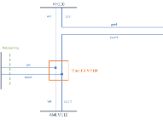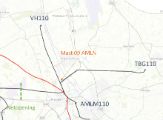E-MERGE partners ‘unclog’ 110 kV grid in Overijssel

E-MERGE partners ‘unclog’ 110 kV grid in Overijssel
Expanding and strengthening the electricity grid is essential to preparing it for the imminent, far-reaching electrification of our society and economy. Under assignment to TenneT, E‑MERGE consortium partners Witteveen+Bos and Bilfinger Tebodin are designing a hard branch in Almelo Noord to prevent the local 110 kV grid’s capacity suffering as a result of current entering from the parallel 380 kV grid.
A hard branch is needed to increase the transmission capacity of the 110 kV grid, which can become congested when current from the parallel 380 kV grid ‘leaks in’. On top of this, greater grid capacity is required to accommodate the rise in heat pumps and electric mobility and the increase in industrial usage. Transmitting sustainably generated (i.e. solar and wind) energy, too, will require greater grid capacity.
Cut
The design created by Witteveen+Bos and Bilfinger Tebodin involves making a cut (i.e. grid opening) in the 110 kV grid. This will ensure that unwanted current can no longer enter it. The grid opening, located on the route between the Almelo Mosterdpot (AMLM) and Nijverdal (NVD) high-voltage substations, requires what is called a hard branch. To create this, three two-point links (Figure 1) will be converted into two three-point links (Figure 2).
The following modifications are required:
- reinforcement of mast 09 and adjustment of its conductors and cables
- major renovation of Tubbergen substation
- major renovation of Vroomhoop substation
- replacement and expansion of fuses on AMLM110 and NVD110 high-voltage grids
Digital approach to working
Given the route’s location, the grid cannot be turned off while the necessary work is performed. To ensure the work, which will be carried out in the vicinity of live components, can be done safely, a special 3D model of the substations has been created. This model enables more effective identification of where safe and unsafe work areas are located, ensuring the safety and feasibility of the operations.
According to project manager Erwin Visser, a project like the hard branch in Almelo Noord demands a digital approach: ‘Clients like TenneT want their programme of requirements to be demonstrably reflected – for example, in an auditor’s report – in digital 3D designs. This works best in a digital setting, in which a design gets updated in real time and is accessible to all stakeholders.’
On projects like this, explains Visser, Witteveen+Bos can carry out a broad range of activities: ‘From initial stage to final design – that means feasibility studies, environmental impact assessments, route planning, permit application assistance, concept designs, or further technical design development in 3D.’
In 2022, Witteveen+Bos, Bilfinger Tebodin and Antea Group combined their knowledge and experience in electricity grids to form the project consortium E-MERGE. In the coming years, this consortium will work under assignment to grid operator TenneT. By combining their areas of expertise, the partner firms can more effectively contribute to the energy transition and provide solutions for the national electricity supply.
More information?



